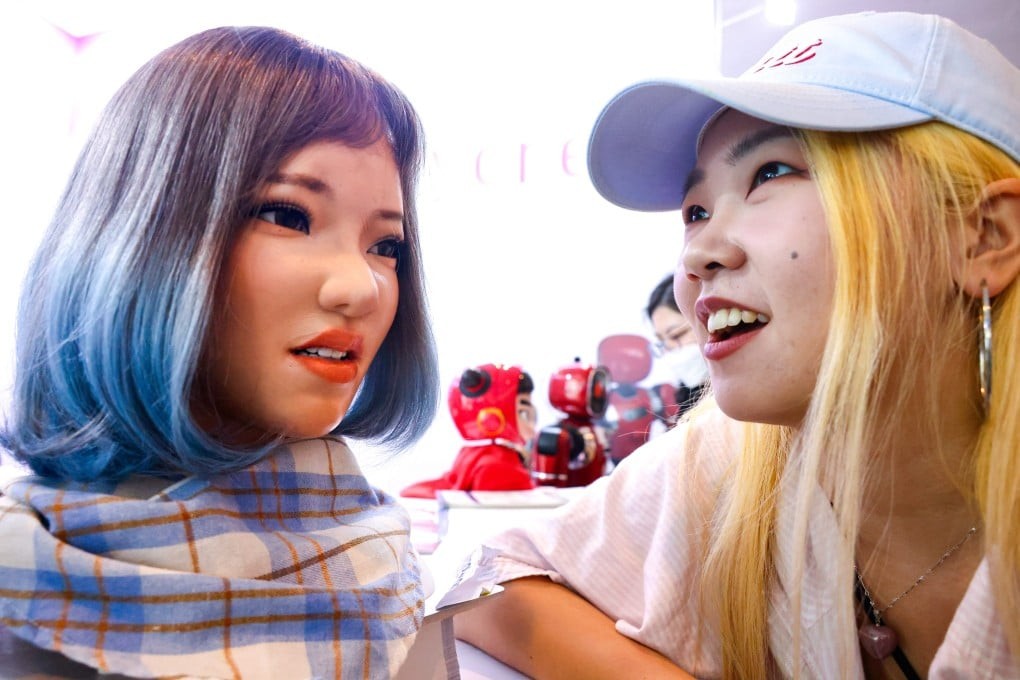China’s AI Promise: 2035 — A World of Infinite Hope, Robot Companions, and Children Shaped by Machines
Beijing’s new AI+ initiative, launched in August, is billed as an economic stimulus. Yet observers warn that the plan runs far deeper and farther than a mere market boost. On October 10, senior officials and experts published analyses in the official journal E-Government, offering the first comprehensive look at the initiative’s deeper strategic intent. The AI+ action plan envisions a multidimensional transformation that would reshape politics, the economy, society, science and technology, and China’s place in the world. Officials acknowledge significant risks and say they are actively planning to mitigate potential harms, including mass unemployment, the erosion of family life, intensified human–machine conflicts, ethical upheaval, and greater social inequality. By 2035, China could emerge as an unprecedented “land of infinite hope.”

In This Article:
- AI+ as a Multidimensional Transformation: Politics, Economy, Society, Science, and Global Posture
- The Risks and the Plan to Mitigate Them: Unemployment, Family Life, and Ethical Guardrails
- 2035 Vision: A Land of Infinite Hope—What China Seeks to Change
- What This Could Mean for Everyday Life: Homes, Work, and the Next Generation
AI+ as a Multidimensional Transformation: Politics, Economy, Society, Science, and Global Posture
This is not merely a technology program. The AI+ action plan is a national blueprint for change across five domains: politics, the economy, society, science and technology, and China’s stance on the world stage. The October analyses frame it as a coordinated effort to guide innovation into every aspect of life. Officials emphasize risk management as an integral part of the plan, aiming to reduce harm as AI becomes more embedded in daily routines and institutions. The overarching message is that future progress must be aligned with social goals, including stable work, family vitality, and ethical governance.

The Risks and the Plan to Mitigate Them: Unemployment, Family Life, and Ethical Guardrails
But the plan comes with real concerns. Officials and advisers list several potential costs: mass unemployment, the erosion of family structures, intensified human–machine conflicts, ethical upheaval, and growing social inequality. To counter these threats, the plan includes proactive measures: policies to cushion workers, preserve family stability, and establish robust ethical guardrails for AI deployment. The goal is to steer innovation toward broad social benefit rather than deeper divides.

2035 Vision: A Land of Infinite Hope—What China Seeks to Change
By 2035, the forecast remains hopeful: China could become a land of infinite hope, a nation where AI reshapes the economy, politics, and daily life in transformative ways. The dream relies on managing risks and building governance that keeps technology aligned with human values. The official analyses frame this as a joint project of government, industry, and society.

What This Could Mean for Everyday Life: Homes, Work, and the Next Generation
The AI+ plan imagines a future where robots accompany families, assist with daily tasks, and children learn with intelligent educational tools. Citizens would navigate new social norms and relationships with machines, while policymakers balance progress with ethics, privacy, and fairness. The visuals accompanying this article hint at a high-tech horizon—promising hope while raising questions about work, family, and the kind of society China wants to become.

